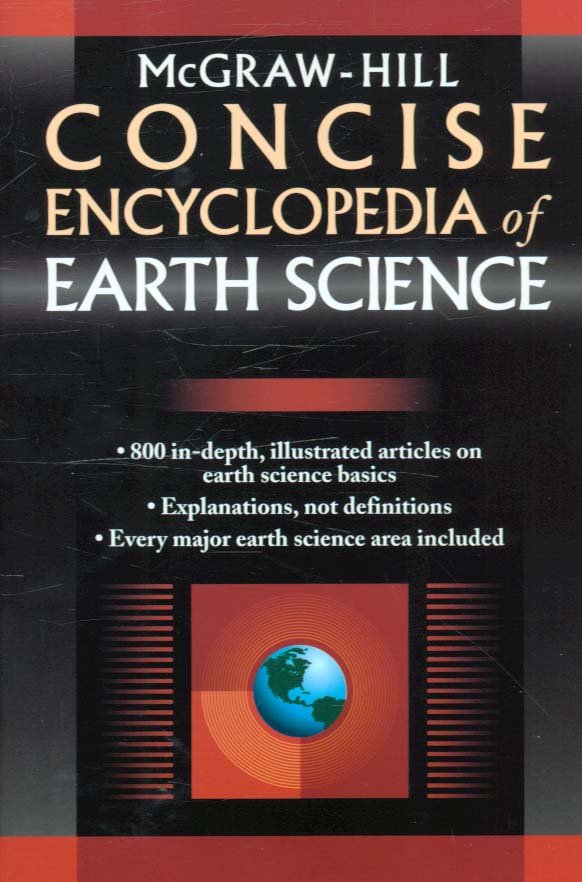Filters
Clear allSubject
- Careers (50) Apply Careers filter
- Climate Change (13) Apply Climate Change filter
- Computing (17) Apply Computing filter
- Creative arts and media (1) Apply Creative arts and media filter
- Cross curricular (33) Apply Cross curricular filter
- Design and technology (55) Apply Design and technology filter
- Engineering (37) Apply Engineering filter
- Food Preparation and Nutrition (3) Apply Food Preparation and Nutrition filter
- Health and safety (1) Apply Health and safety filter
- Mathematics (61) Apply Mathematics filter
- Psychology (1) Apply Psychology filter
- Science (916) Apply Science filter
- Space (37) Apply Space filter
- STEM Clubs (5) Apply STEM Clubs filter
Age range
Type
- Activity sheet (195) Apply Activity sheet filter
- Article (56) Apply Article filter
- Assessment (5) Apply Assessment filter
- Audio (47) Apply Audio filter
- Data set (1) Apply Data set filter
- Demonstration (7) Apply Demonstration filter
- Experiment (16) Apply Experiment filter
- Game (4) Apply Game filter
- Group work (5) Apply Group work filter
- Image (20) Apply Image filter
- Information sheet (61) Apply Information sheet filter
- Interactive resource (9) Apply Interactive resource filter
- Lecture (2) Apply Lecture filter
- Open-ended task (1) Apply Open-ended task filter
- Poster (3) Apply Poster filter
- Presentation (46) Apply Presentation filter
- Quiz (1) Apply Quiz filter
- Research (26) Apply Research filter
- Teacher guidance (231) Apply Teacher guidance filter
- Textbook (29) Apply Textbook filter
- Video (139) Apply Video filter
- (-) Remove Include Physical Resources filter Include Physical Resources
Showing results for "earth and atmosphere"
Showing 987 results
One of a series of booklets from the Institute of Geological Sciences. Highly illustrated in colour, this one focuses on the cosmic origin of the Earth and how it has...
This journal is one of over 25,000 physical resources available from the Resources Collection. The Archive Collection covers over 50 years of curriculum development in the STEM subjects. The Contemporary Collection includes the latest publications from UK educational publishers.
Magazine of the Earth Science...
In this activity, from the Royal Observatory Greenwich, students are introduced to the rotating Earth and the concept of longitude. They will carry out simple arithmetic that relates the 24 hour clock with the Earth’s rotation. The questions in the activity require an understanding of angle: one hour being equal to...
In Unit 5 of the Geology: Structure of the Earth series, produced by Northumberland County Council, students investigate the Earth's magnetic field. In particular, they discover how small traces of magnetism, preserved in rocks for millions of years, can allow geologists to plot the former positions of continents...
This resource, from ESA, is intended to familiarise students between the ages of 11 and 14 with the subject of satellite imagery. Satellite images are of increasing importance in a great many domains and are dramatically changing the way the world and physical phenomena are perceived.
Their use and...
Aimed at primary level, this pack contains a range of different activities based on the theme of ‘Earth’. The activities cover a mixture of topics including: weather, gravity, plants, fossils, energy and soil. Designed for use in class or as part of a science week or club, they promote investigative work and...

Accessible and endlessly entertaining, this massive book draws on disciplines as wide-ranging as astrophysics and anthropology and will appeal to experts, amateur enthusiasts and the simply curious alike.
...
This Catalyst article is devoted to the use of satellites for navigation. It looks at GPS (global positioning system), the involvement of satellites and how GPS signals work in navigation and calculating position.
This article is from Catalyst: GCSE Science Review 2002, Volume 13, Issue 2.
...
Scholastic Primary Science is an exciting multi-media teaching resource for the whole of KS1 and KS2. The series comprises 24 units, each on a separate topic, with 4 units per year. Each unit has 5 cards, one per Extended Lesson, and 2 CD-ROMs. The Activities CD-ROM has interactive versions of the Cards with...
This item is one of over 25,000 physical resources available from the Resources Collection. The Archive Collection covers over 50 years of curriculum development in the STEM subjects. The Contemporary Collection includes all the latest publications from UK educational publishers.
These diagnostic questions and response activities (contained in the zip file) support students in being able to:
- Describe constellations of stars in the night sky.
- Describe the planets that can be seen with a telescope.
- Describe evidence that shows the Earth is shaped as a sphere and...
In these activities, pupils are introduced to the idea of controlled or uncontrolled re-entry for satellites. They are challenged to devise a way of reducing space debris by designing alterations to satellites so that they bring themselves back to Earth. In the first activity, the students pretend to be satellites...

There is no better or more authoritative vehicle for staying up to speed with today's earth science than the 'Concise encyclopedia of earth science'. Derived from the 'Encyclopedia of science and technology', this...

One of a series of titles dealing with basic scientific concepts and aimed at reluctant readers aged 9-11.
